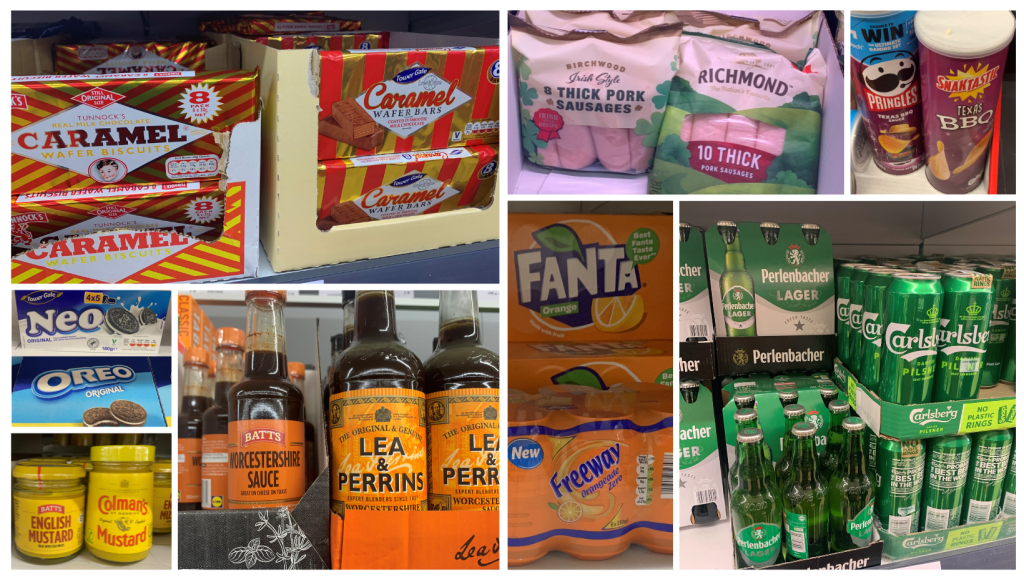This is the last of our series of blogs about supermarket branding battles, from Two IP trade mark attorney Rachel Havard.
Last time, we talked about copycat products and brand lookalikes – see our last blog here, which had particular focus upon discounter Lidl. Let’s now look at a classic case of “do as I say, not as I do!”
Few could have missed that Lidl have been prominent in the news lately, acting as gamekeeper rather than poacher. We refer, of course, to Lidl’s success before the UK High Court, against supermarket Tesco. This concerned Tesco’s selection and use of imagery of “a graphical device formed of a blue square background and a yellow circle”, for its Clubcard loyalty scheme, with examples shown below:
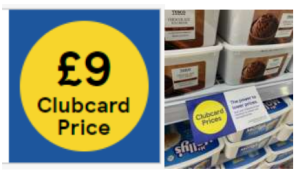
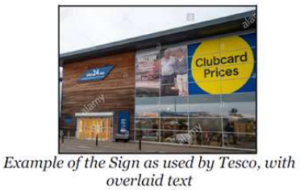
These images and others below are taken from the Judgment, which you will find here – and some great bedtime reading, if you like, at a mere 102 pages.
The essentials
Lidl registered, and use in the UK, The Mark with Text below:
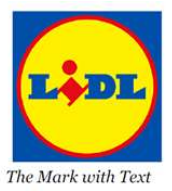
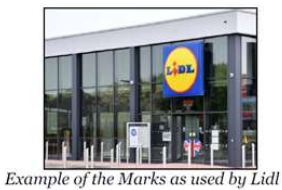
Tesco were found to infringe Lidl’s registered trade mark rights by taking unfair advantage of and causing detriment to the reputation of the Lidl mark. Interestingly, this was the infringement case run, rather than allegations of a likelihood of confusion as to origin of the respective goods. Passing off and copyright infringement by Tesco were also found to have occurred.
Lidl also had trade mark registrations of the logo without the word “LiDL”, as below:

even though their use was always with the word “LiDL”. Trade mark applications which had led to registrations of The Wordless Mark were deemed to have been filed in bad faith; Lidl could not provide reasoning for seeking registration in that form at the date of application; also, repeated filing by Lidl of applications for this same mark were an attempt to “evergreen”, i.e. to circumvent the requirement to have used a trade mark in its registered form, or differing only in elements which do not alter the distinctive character of the mark in the form in which it was registered, if registration is not to be successfully attacked on non-use grounds. All bar one of Lidl’s registrations for The Wordless Mark were therefore deemed invalid.
Deep dive
From a consumer perspective, this case and its outcome grabs attention, because the players and branding elements concerned are so recognisable; but a judgment running to 102 pages seems a lot to reach the conclusions discussed above.
For brand owners and their advisors, however, the judgment is a treasure chest of dos and don’ts for the process of selecting, designing, developing and registering trade marks, but also for futureproofing in anticipation of challenges further down the road. It highlights the importance, early on, of recognising red flags and seeking appropriate advice.
The creative process behind Tesco selecting the yellow circle presentation – a clear change of direction from previous promotions of its Clubcard scheme – was subjected to close scrutiny at trial. Early concerns expressed in emails within the Tesco creative team were exposed. Much criticised was a lack of clarity on the extent of involvement of external branding agencies in the creative process. Ordinary people, who had been doing their every day jobs, found themselves on the stand accounting for the part they had played.
Intentions of Lidl, too, at the date of filing their trade mark applications for The Wordless Mark even as long ago as 1995, were open to question and an inability to explain those historical intentions led to important trade mark registrations being deemed invalid.
No simple, side by side comparison here – of two trade marks for the same goods and whether they might be confused. This judgment shows that brand owners may need to be prepared for a deep dive into their entire process of brand creation.
Afterword
What cannot be ignored in all of this, is something of a double standard on the part of Lidl, as they regularly adopt the same colour elements and presentations for their products as those directly competitive with them, but argue to distinguish these by use of different word elements with such get up. The High Court disregarded mention by Tesco of Lidl’s own behaviours, as not being relevant to the case before them; but it will certainly be interesting when reasoning from this case is utilised by those in the same market place, whose products and branding are regularly imitated closely by Lidl.
With Tesco all set to appeal, and their version of the yellow circle/blue background imagery still being used extensively, there is definitely more to come!
For advice and assistance at all stages of the brand creation process, our experienced trade mark attorneys are here to help. Get in touch here or email hello@two-ip.com



